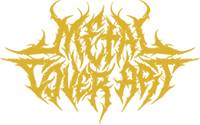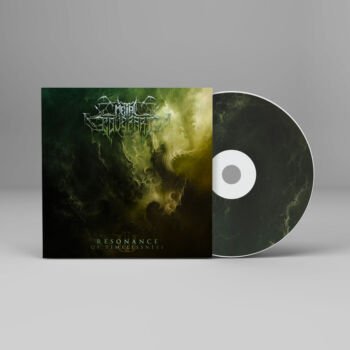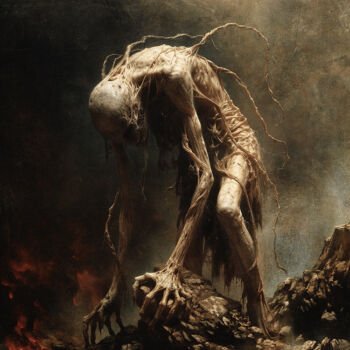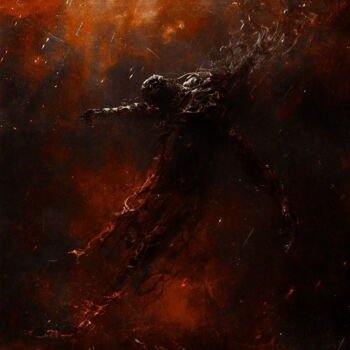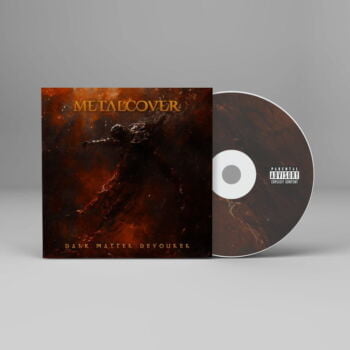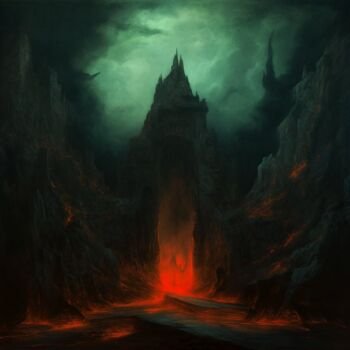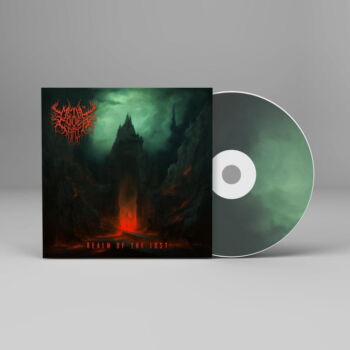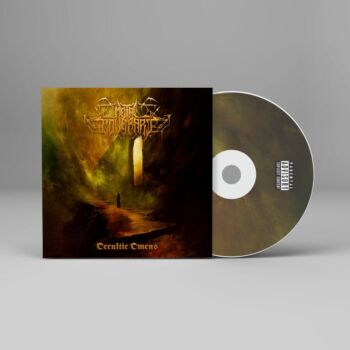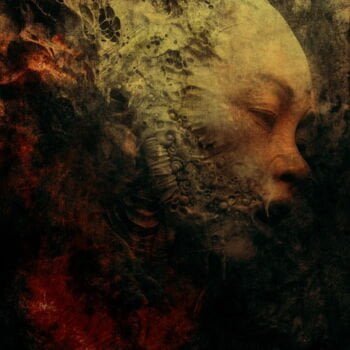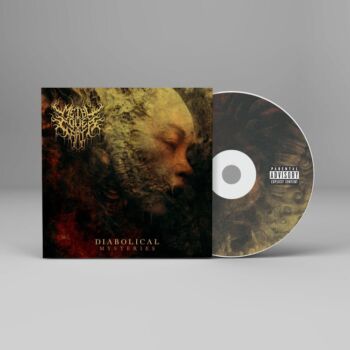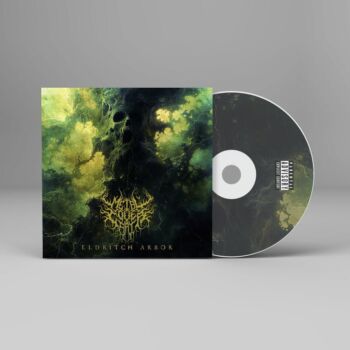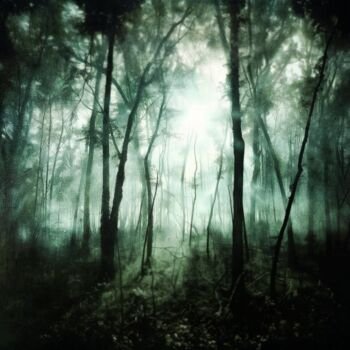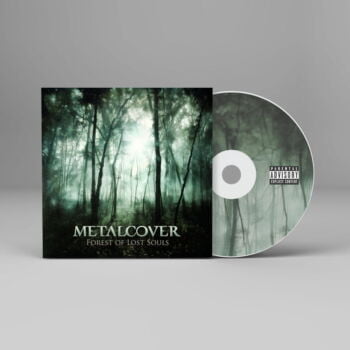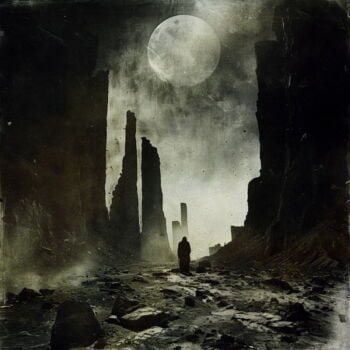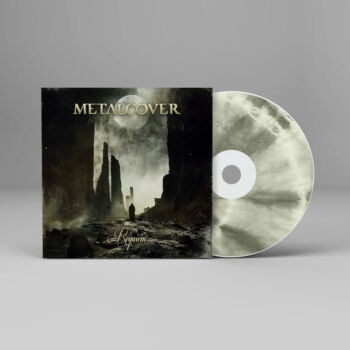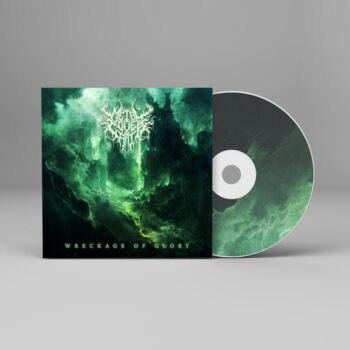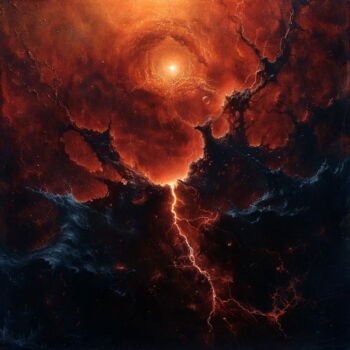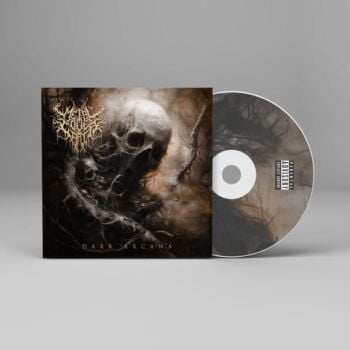Origins of Death Metal Album Artwork
Early death metal album artwork was heavily influenced by themes of darkness, violence, and the occult. The artwork often depicted gruesome imagery, such as skulls, blood, and demonic figures, reflecting the aggressive and intense nature of the music.
Death metal album covers pushed the boundaries of artistic expression and challenged societal norms by embracing extreme themes and imagery.
One example of early death metal album artwork is the cover of the album "Seven Churches" by Possessed. Released in 1985, this album is considered a pivotal starting point for death metal album art, setting the tone for future covers. The artwork features an upside-down cross, with demonic tail surrounding it. This cover perfectly captures the dark and intense atmosphere of death metal music, establishing a visual representation of the genre.

Early Influences and Iconic Album Covers
In the early days of the genre, death metal album covers featured intricate artwork with vibrant colors and detailed illustrations. One of the most influential artists in this style was Dan Seagrave, who created iconic covers for bands like Morbid Angel and Entombed. Seagrave's artwork often depicted surreal and elaborate scenes, utilizing a wide range of colors and textures.
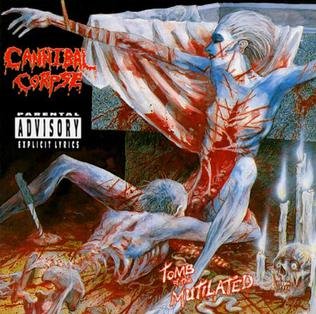
A notable example of early death metal album artwork is the cover of Cannibal Corpse's "Tomb of the Mutilated" album, released in 1992. This cover, also created by Dan Seagrave, depicts a gruesome and graphic scene of dismembered bodies and a tomb filled with blood. The detailed and realistic artwork perfectly captures the violent and brutal nature of death metal music.
Other iconic album covers from this era include Death's "Symbolic" and Morbid Angel's "Altars of Madness." The cover of "Symbolic" features a striking image of a skull made up of various symbols, representing the deeper meanings and themes explored in the album's lyrics. "Altars of Madness" showcases a chaotic and demonic scene, with intricate details and vibrant colors that perfectly complement the aggressive and intense music found on the album.
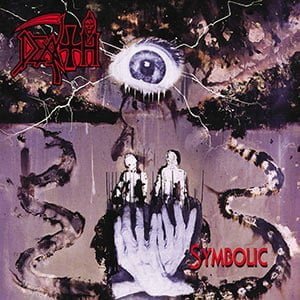
Evolution of Art Styles and Themes in Death Metal
In the mid-to-late 90s, death metal album covers underwent a shift with the emergence of computer graphics and plainer designs. This change in art styles was influenced by the rise of black metal aesthetics, which embraced a more minimalist approach and often featured black-and-white artwork.
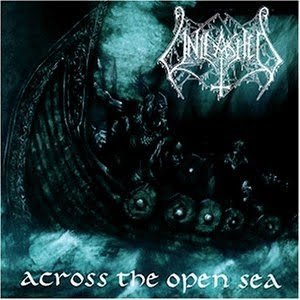
However, some bands have continued to maintain the classic death metal art style in their album covers, with intricate and detailed illustrations. One example is the Swedish death metal band Unleashed, whose album covers often feature epic and fantastical scenes with a focus on mythology and Viking imagery. Their album "Across the Open Sea" showcases a stunning artwork depicting a Viking ship sailing through stormy waters, with a sense of adventure and brutality.
Another band that embraces the traditional death metal art style is The Black Dahlia Murder. Their album covers, such as "Nocturnal" and "Ritual," feature detailed and grotesque illustrations, showcasing scenes of violence and horror. These covers perfectly capture the dark and aggressive nature of the band's music.
Overall, while there has been a shift towards plainer designs and computer-generated graphics in death metal album artwork, there are still bands that continue to embrace the intricate and detailed art style that has become synonymous with the genre.
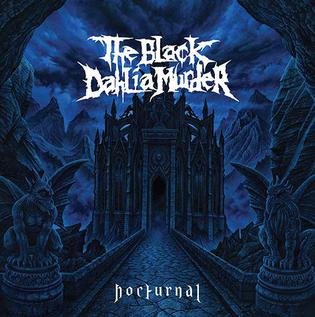
Impact of Album Artwork on the Genre
Death metal album artwork plays a crucial role in shaping the listener's expectations and creating a visual representation of the music's atmosphere. The themes, lyrics, and imagery depicted in album covers reflect the dark, aggressive, and graphic nature of death metal music. The artwork sets the tone for the listening experience, immersing the audience in a world of brutality, horror, and the occult.
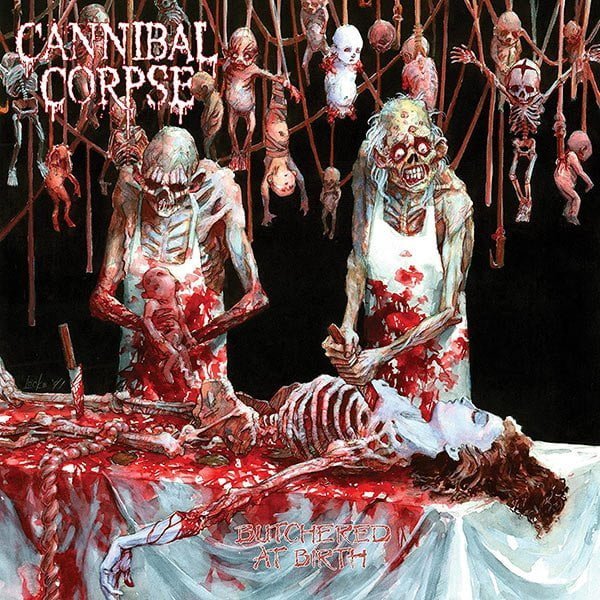
The impact of album artwork on the genre can be seen through the way it has shaped the visual identity of death metal bands. The artwork becomes instantly recognizable and serves as a visual representation of the band's style and music. For example, the cover of Cannibal Corpse's "Butchered at Birth" album, featuring a graphic image of a mutilated corpse, has become an iconic symbol of the band's extreme and brutal sound.
Even in the digital age, album artwork remains important, as it enhances the overall experience and provides a visual identity for the band or album. When scrolling through a music streaming platform, the artwork catches the eye and can influence whether a listener decides to click and listen to a song or album. The artwork serves as a powerful tool for capturing the attention of potential fans and expressing the essence of the music visually.
Contemporary Trends in Death Metal Album Artwork
While gore and violence have been prevalent themes in death metal album artwork, contemporary trends showcase a wider range of styles and creativity. Artists are exploring abstract and symbolic representations, incorporating elements of surrealism and occult imagery. This shift reflects a desire to move beyond the traditional tropes of the genre and explore new artistic avenues.
One example of contemporary death metal album artwork is the cover of the band Behemoth's album "The Satanist." This cover, created by the artist Denis Forkas, features a fine-art painting containing Nergal's blood. The simplicity of the artwork contrasts with the complex and layered music found on the album, creating a powerful visual representation of the band's philosophical and spiritual themes.
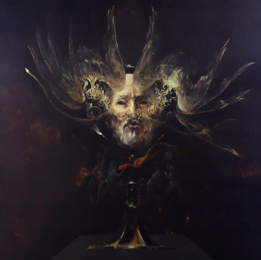
Websites dedicated to selling death metal cover artworks offer a variety of options, allowing bands and fans to connect with unique and visually striking designs. Artists and bands are collaborating to create album covers that go beyond the traditional boundaries of the genre, incorporating elements of fantasy, science fiction, and even fine art.
In conclusion, the evolution of death metal album artwork has seen a progression from intricate and colorful designs to computer-generated graphics and minimalist styles. The genre's early influences and iconic album covers set a precedent for the dark and intense imagery that remains synonymous with death metal. Death metal album covers continue to serve as visual representations of the genre's themes and atmosphere, while also embracing new trends and artistic approaches. The significance of album artwork remains vital in capturing the essence of death metal music and providing a visual identity for bands and their albums.
